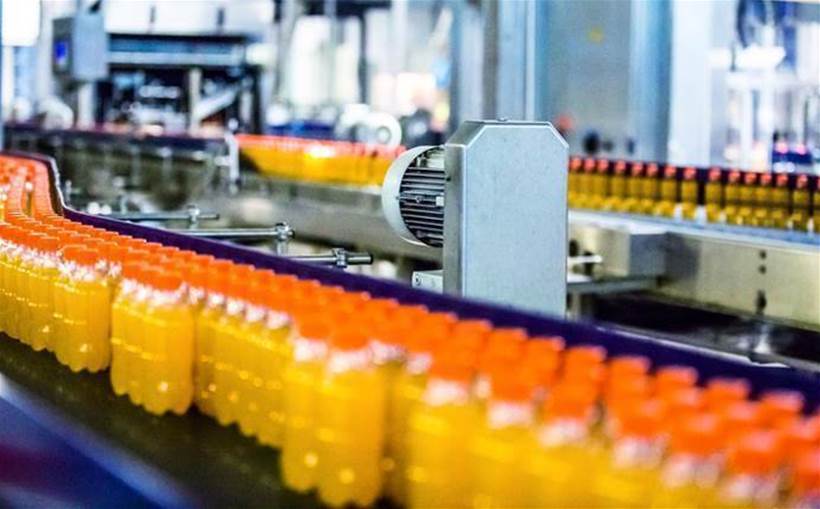The 2019 Internet of Things (IoT) Festival on June 18 at the Melbourne Convention Centre will feature a wide variety of participants, including process control and automation company Zi-Argus and sensor and automation specialist Balluff. Here, we look at where these two companies fit in the IoT landscape.
Among its many process automation and control solutions, Zi-Argus offers an IoT platform it uses for implementing industrial IoT solutions. It does this with multiple partners, but of particular note in APAC is Balluff, which creates the sensors that Zi-Argus collects data from and analyses.
Zi-Argus first consults with a customer, before addressing implementation methodologies. The company analyses existing processes and identifies where IoT can optimise them, before creating and potentially implementing a solution.
Meanwhile, Balluff helps businesses make informed decisions by generating data. It works across multiple industries, but its primary focus is the automotive and food and beverage sectors. Once its sensors have generated the data, it’s delivered to the control system, where ZI-Argus integrates and analyses it.
Balluff is addressing the growing demand for more data by turning what were once simple sensors into multi-functional hardware. For instance, a photo-electric sensor’s main job may have previously been to detect whether a box was present. But the same sensor now also reports how long it’s been switched on and off over its entire lifetime, if the lens is dirty and the internal temperature, among other things.
This data is fed into a dashboard system which identifies trends. For example, the dashboard might detect temperature deviations in a line of thirty sensors. It might then automatically escalate the issue by flagging it for investigation or changing some of the monitored parameters to take into account temporary environmental changes.
So, what happens to the data once it’s fed into the Zi-Argus platform? That depends on the project. Artificial Intelligence (AI) and machine learning might be applied, using bespoke algorithms.
Alternatively, data might be fed into a data lake for analysis using AI and machine learning, and the results sent to Microsoft Azure. The resulting data might be then pushed into business applications for predictive or real-time analysis.
The process will depend on how much data there is, how relevant any contextual data is and how much structure needs to be added using machine-learning algorithms.
Zi-Argus is a sponsor of the 2019 IoT Festival on June 18 at the Melbourne Convention Centre. Get tickets here. See the IoT Festival agenda.







